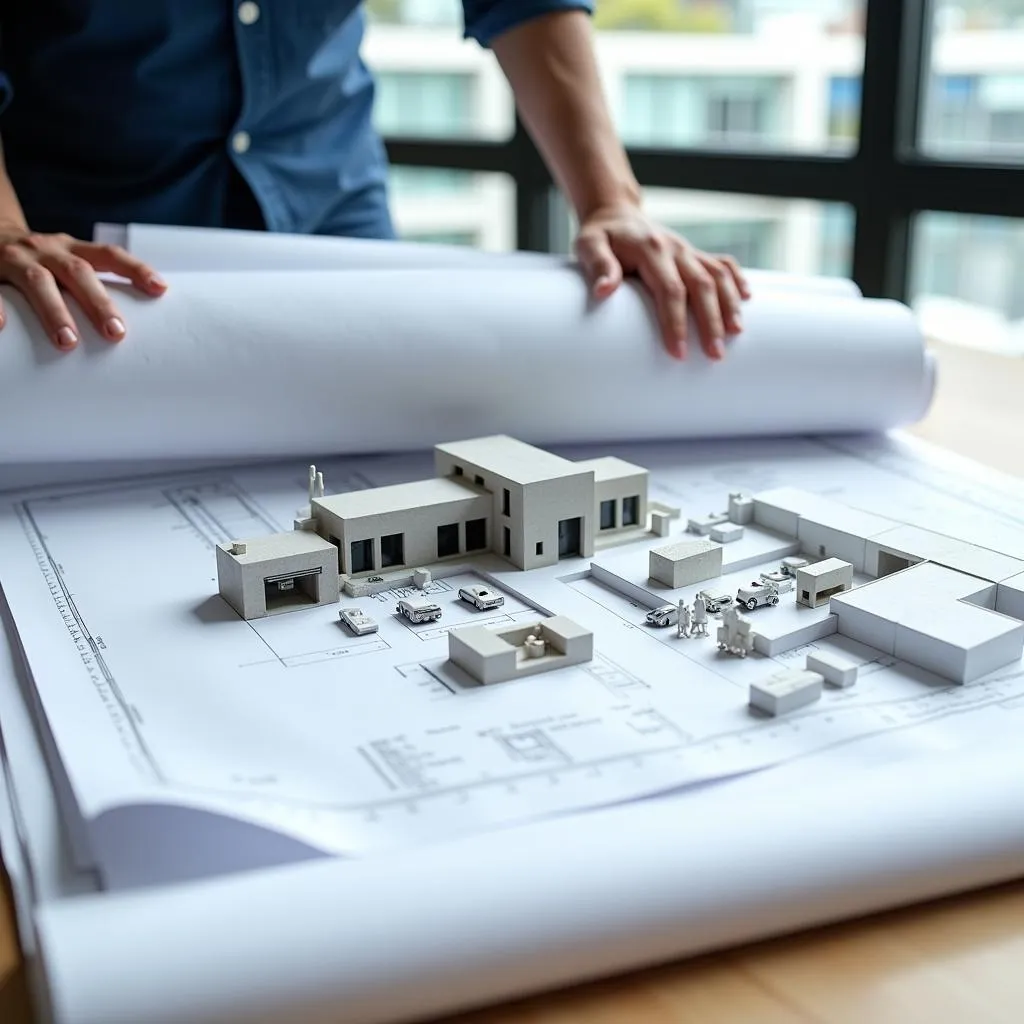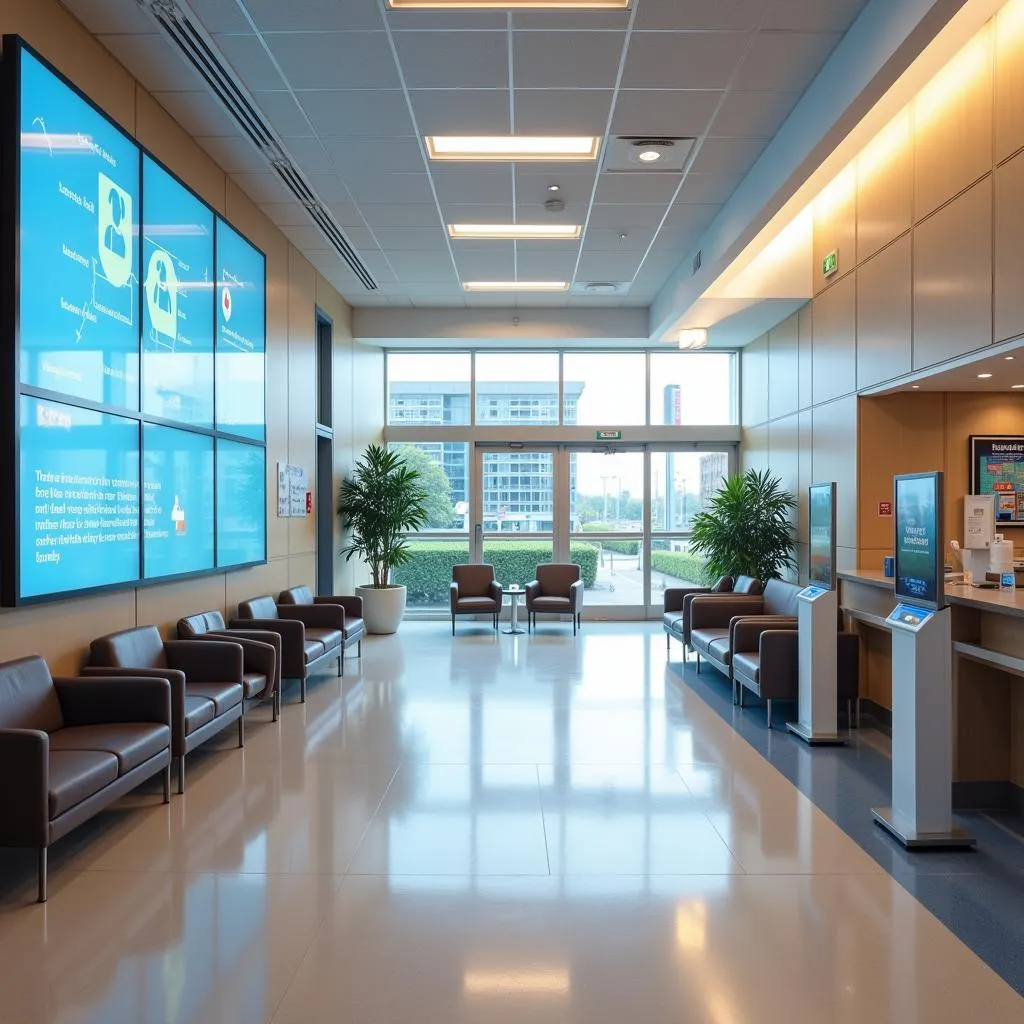When building a new hospital, the developer plays a critical role in shaping a facility that not only meets the needs of patients and staff but also stands as a testament to innovation and excellence in healthcare. From the initial blueprints to the final construction, every decision made during the development process has a lasting impact on the hospital’s functionality, efficiency, and overall success.
Understanding the Vision: Aligning Development with Healthcare Goals
 Hospital Blueprint Design
Hospital Blueprint Design
Before a single brick is laid, it’s crucial for developers to gain a deep understanding of the hospital’s vision and goals. What are the specific needs of the community this hospital will serve? What medical specialties will be offered? What kind of patient experience does the hospital aim to create? By collaborating closely with healthcare professionals, administrators, and community stakeholders, developers can ensure that the design and construction align with the hospital’s core values and long-term objectives.
Embracing Technological Advancements in Hospital Construction
 Modern Hospital Interior with Advanced Technology
Modern Hospital Interior with Advanced Technology
Today’s hospitals are at the forefront of medical innovation, and the infrastructure needs to reflect this reality. When building a new hospital, the developer must prioritize incorporating cutting-edge technology into the very fabric of the building. This includes:
- Robust IT infrastructure: A high-speed, secure, and reliable IT network is crucial for electronic medical records (EMRs), telemedicine, and other digital healthcare solutions.
- Smart building systems: Integrating building automation systems for lighting, temperature control, and security not only enhances efficiency but also improves patient comfort and safety.
- Medical imaging and surgical suites: Allocating sufficient space and resources for advanced imaging equipment (MRI, CT scanners) and minimally invasive surgical technologies is paramount.
Prioritizing Patient-Centered Design and Experience
 Patient Room Filled with Natural Light
Patient Room Filled with Natural Light
Hospitals are no longer just places of treatment but also environments that can significantly impact patient well-being and recovery. When building a new hospital, the developer should champion a patient-centered design approach that considers:
- Natural light and views: Studies have shown that access to natural light and outdoor views can reduce stress, improve mood, and even shorten hospital stays.
- Noise reduction: Hospitals are often bustling places, but implementing noise-reducing design elements like acoustic panels, sound-absorbing flooring, and strategic room placement can create a more calming and healing environment.
- Wayfinding and accessibility: Intuitive wayfinding systems, clear signage, and universal design principles ensure that navigating the hospital is easy and stress-free for patients, visitors, and staff.
Sustainability and Environmental Responsibility
 Hospital with Green Roof and Sustainable Features
Hospital with Green Roof and Sustainable Features
As responsible stewards of resources, developers must prioritize sustainability in hospital construction. This not only benefits the environment but can also lead to significant cost savings over the long term. Key considerations include:
- Energy efficiency: Implementing energy-efficient building materials, HVAC systems, and lighting solutions can significantly reduce the hospital’s carbon footprint.
- Water conservation: Low-flow fixtures, rainwater harvesting systems, and drought-tolerant landscaping can minimize water usage.
- Waste management: Developing a comprehensive waste management plan that includes recycling and composting initiatives promotes environmental responsibility.
Conclusion
Building a new hospital is a complex undertaking that requires a deep understanding of the evolving landscape of healthcare. By embracing technological advancements, prioritizing patient-centered design, and integrating sustainability principles, developers can create hospitals that not only meet the needs of today but also stand as beacons of innovation and excellence for generations to come.